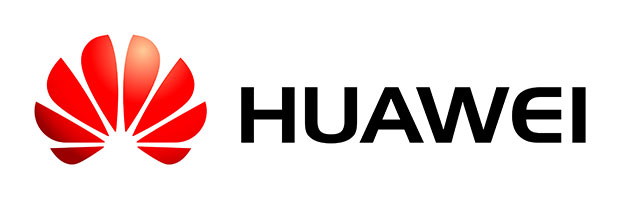
Google’s Android has established itself as the dominant mobile operating system in only a few short years. Nearly 85% of all smartphones shipped in Q2 were Android-powered according to market research firm IDC. With manufacturers facing razor-thin margins in what is a very competitive marketplace, such dominance may be wiping away any chance that consumers will have a choice. In an interview with The Wall Street Journal, Richard Yu who heads up Huawei’s consumer business group confirmed that his company had “no choice” but to use Android.
Asked about other operating systems, Yu made clear that he believes that manufacturers are facing a tough road if they choose to offer devices running other mobile operating systems. “We have tried using the Windows Phone OS. But it has been difficult to persuade consumers to buy a Windows phone. It wasn’t profitable for us. We were losing money for two years on those phones,” he explained. His outlook for Tizen was even grimmer. “We feel Tizen has no chance to be successful,” he said.
In both cases, he lays the blame not on the operating systems themselves but the necessity to build an ecosystem around them. The companies behind mobile operating systems looking to compete with Android and iOS, the other dominant OS, face the challenge of convincing both manufacturers to adopt their software while trying to bring enough developers onboard to develop the apps that consumers expect to have on their smartphones.
For Huawei at least, the solution is to adopt Android as the operating system of choice. To distinguish itself from the competition, it employees some 2,000 people to build their own user interface as well as software and services that customers expect. It is also partnering with other software and Internet companies to further develop a more unique solution.
Huawei’s approach is working so far. It is now the world’s third largest smartphone manufacturer. It shipped some 52 million smartphones last year and is looking to ship about 80 million this year.
Source : The Wall Street Journal
